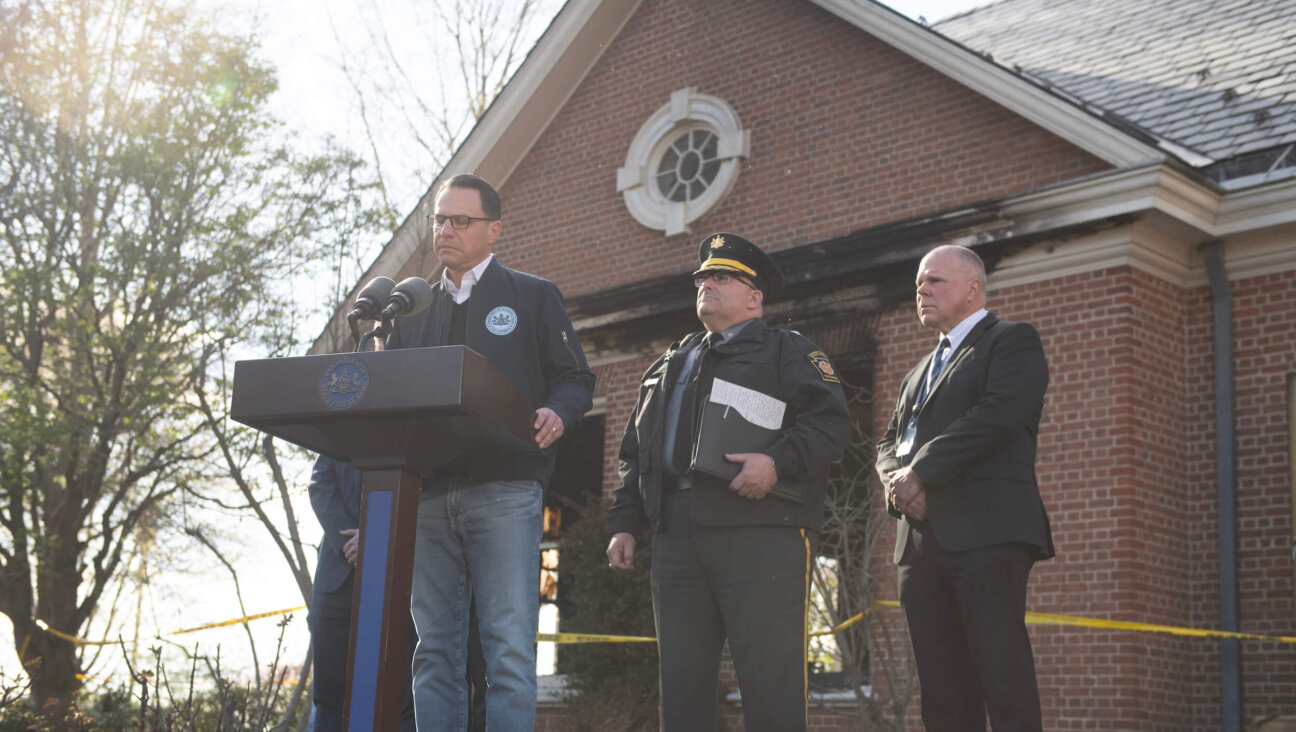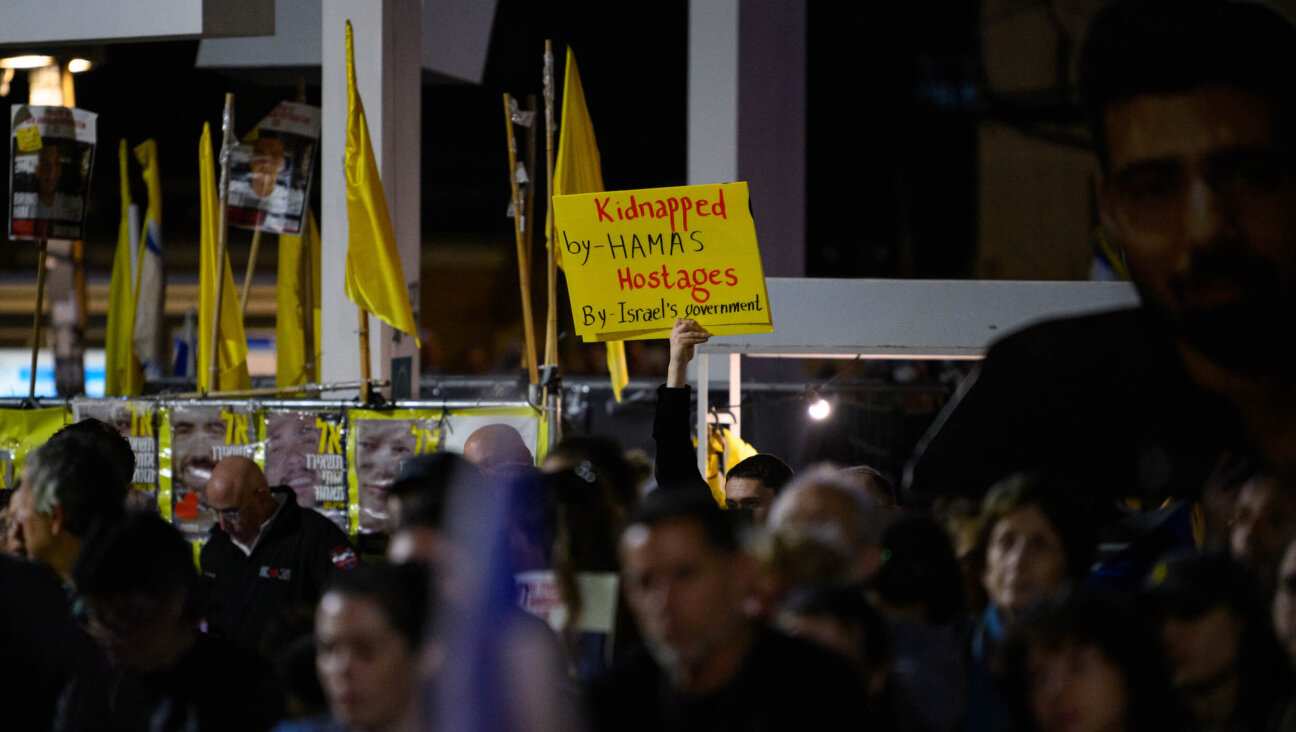How Global Warming Felled Mubarak
The craziest part of the uprising in Egypt is how it caught us all by surprise. After all, it was predicted — three years ago. Unfortunately, nobody was paying attention. It sounded too weird. The warnings weren’t coming from political analysts, but from climate and crop experts. Which means — what? Climate topples dictator? No way, right?
Way. Let’s walk through it. Consider those warnings in the spring of 2008. It was a time of worldwide food shortages. Wheat prices had doubled from the year before, and other crops weren’t far behind. Hunger became critical, and riots exploded from Bangladesh to Yemen and points in between.
Some of the causes were economic: use of grains for biofuel instead of food, derivatives trading that raised prices artificially, free-market reforms that set food prices free to float. The biggest culprit, though, was a string of natural disasters hammering wheat production that year: unseasonable drought in southern Australia, torrential rains in India and more.
As food riots spread, the world press was filled with predictions of developing-world governments tumbling like dominoes. Most worrisome was Egypt, the world’s largest wheat importer. Britain’s Guardian newspaper warned then that the shortages would bring down Hosni Mubarak’s three-decade rule sooner or later.
How soon? The first real clues appeared last fall. In September 2010, commodities traders began warning of a major wheat shortage this winter. The reasons were all weather-related. The Russian drought and wildfires in the summer of 2010 had halved the wheat crop and prompted a government ban on exports. An early frost in September had badly damaged crops in Canada and China. Prices were soaring.
The very next month, the National Oceanic and Atmospheric Administration in Washington issued an “Arctic Report Card,” painting an even darker picture. As the greenhouse effect thinned the ice caps, Arctic air temperatures were rising, driving polar winds south and east. The forecast for the winter of 2010-2011 was monster snowstorms throughout the Northeast and Midwest, and too little rain in the West. America’s Midwestern breadbasket could expect fields frozen solid, disrupted transportation and a poor winter wheat harvest.
Similar reports were coming from the Southern Hemisphere. In November, the Australian state of Queensland received the first of a biblical-scale series of floods; growers say 50% of Australia’s reduced wheat crop this year won’t be good for much besides livestock feed. Meanwhile, Argentina’s wheat-growing regions are dry.
On January 5, 2011, the crisis became official when the United Nations Food and Agriculture Organization reported that food prices worldwide had risen to their highest levels ever. It said the situation was likely to get worse in the coming decades, as climate change continues. “We are entering a danger territory,” an FAO senior economist, Abdolreza Abbassian, told reporters.
Entering a danger territory? We were already in it. By the time the FAO report was released. Mohamed Bouazizi had been dead for 24 hours.
Bouazizi, a 26-year-old Tunisian with a computer science degree but no job, was selling fruits and vegetables from an unlicensed pushcart on December 17 when a police officer ticketed him and, for good measure, slapped him. Enraged, Bouazizi set himself on fire. His neighbors took to the streets in fury. Police opened fire, the protests spread across the country and by January 14 Tunisia’s president had fled the country. The rest is history.
Well, part history, part myth. When the rage first erupted, the reasons were transparent. Bouazizi’s compadres were chanting for jobs and food. Time magazine called it “Tunisia’s Hunger Revolution.”
After Bouazizi died on January 4, however, the protests turned political. Trade unions and opposition parties joined in. The dictator was defeated. This was catnip for the Western press. The protesters’ cause was transformed from food to democracy, and the protesters from beggars to icons. There was a happy ending.
This helps explain why the larger conflict in Egypt is so confusing to so many of us. When Tunisia’s dictator fled, Egyptians saw an opportunity and poured into the streets. But there was no movement, no leader, only the crowds. The intellectuals and dissenters tried to get their arms around it and are calling for democracy. The crowds won’t be happy, though, if democracy is all they get. You can’t eat a ballot.
Contact J.J. Goldberg at [email protected] and follow his blog at blogs.forward.com/jj-goldberg/
The Forward is free to read, but it isn’t free to produce

I hope you appreciated this article. Before you go, I’d like to ask you to please support the Forward.
Now more than ever, American Jews need independent news they can trust, with reporting driven by truth, not ideology. We serve you, not any ideological agenda.
At a time when other newsrooms are closing or cutting back, the Forward has removed its paywall and invested additional resources to report on the ground from Israel and around the U.S. on the impact of the war, rising antisemitism and polarized discourse.
This is a great time to support independent Jewish journalism you rely on. Make a Passover gift today!
— Rachel Fishman Feddersen, Publisher and CEO
Most Popular
- 1

News Student protesters being deported are not ‘martyrs and heroes,’ says former antisemitism envoy
- 2
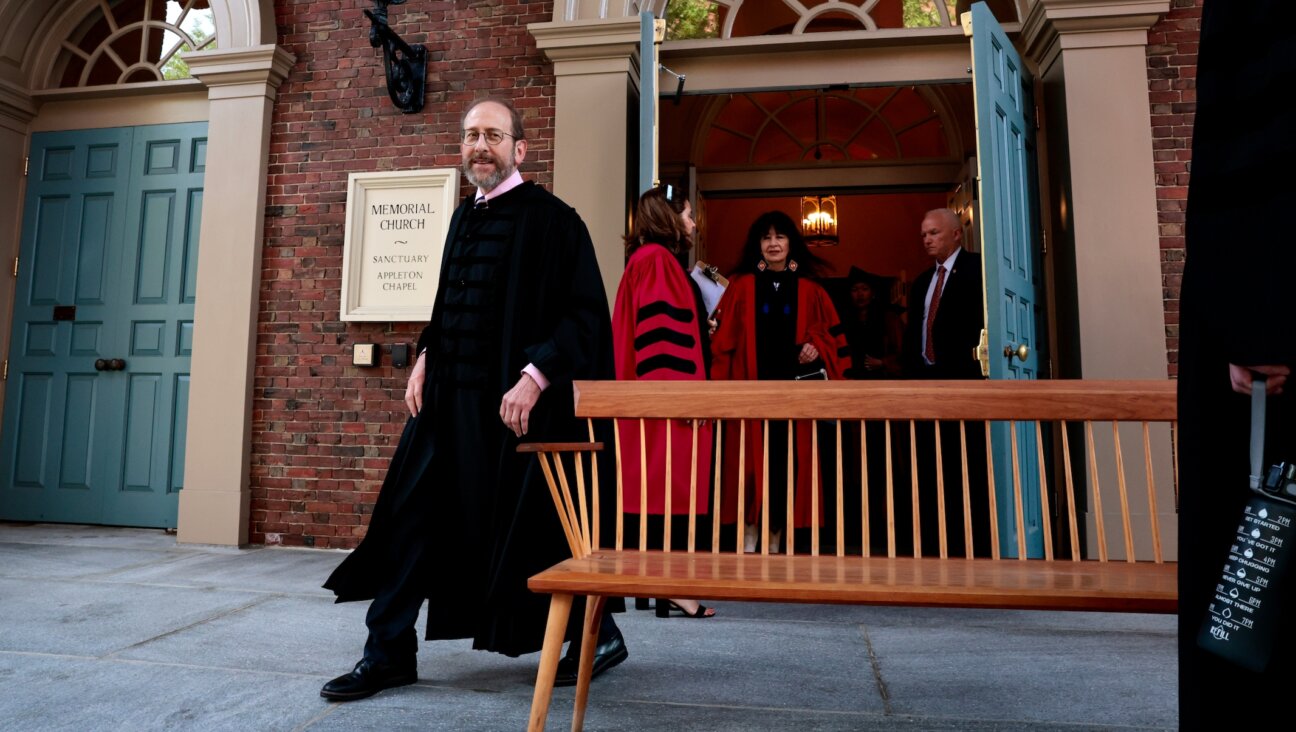
News Who is Alan Garber, the Jewish Harvard president who stood up to Trump over antisemitism?
- 3
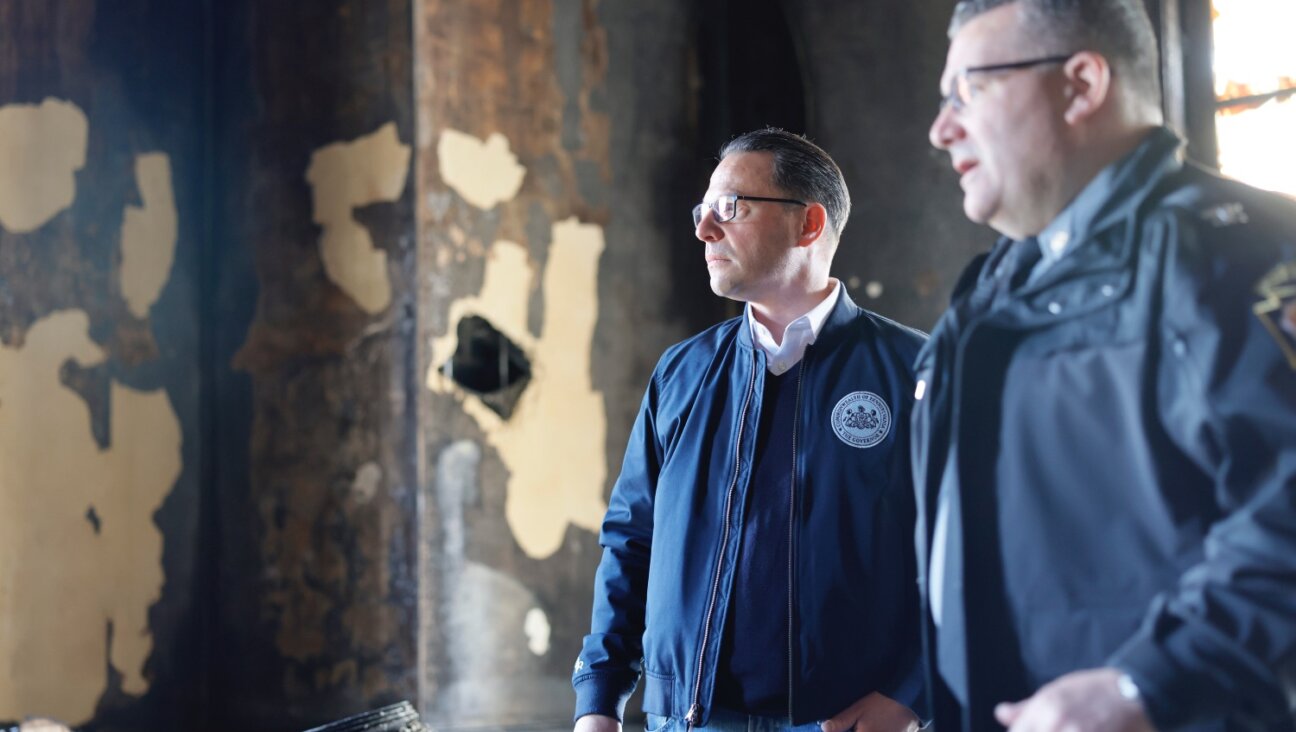
Fast Forward Suspected arsonist intended to beat Gov. Josh Shapiro with a sledgehammer, investigators say
- 4
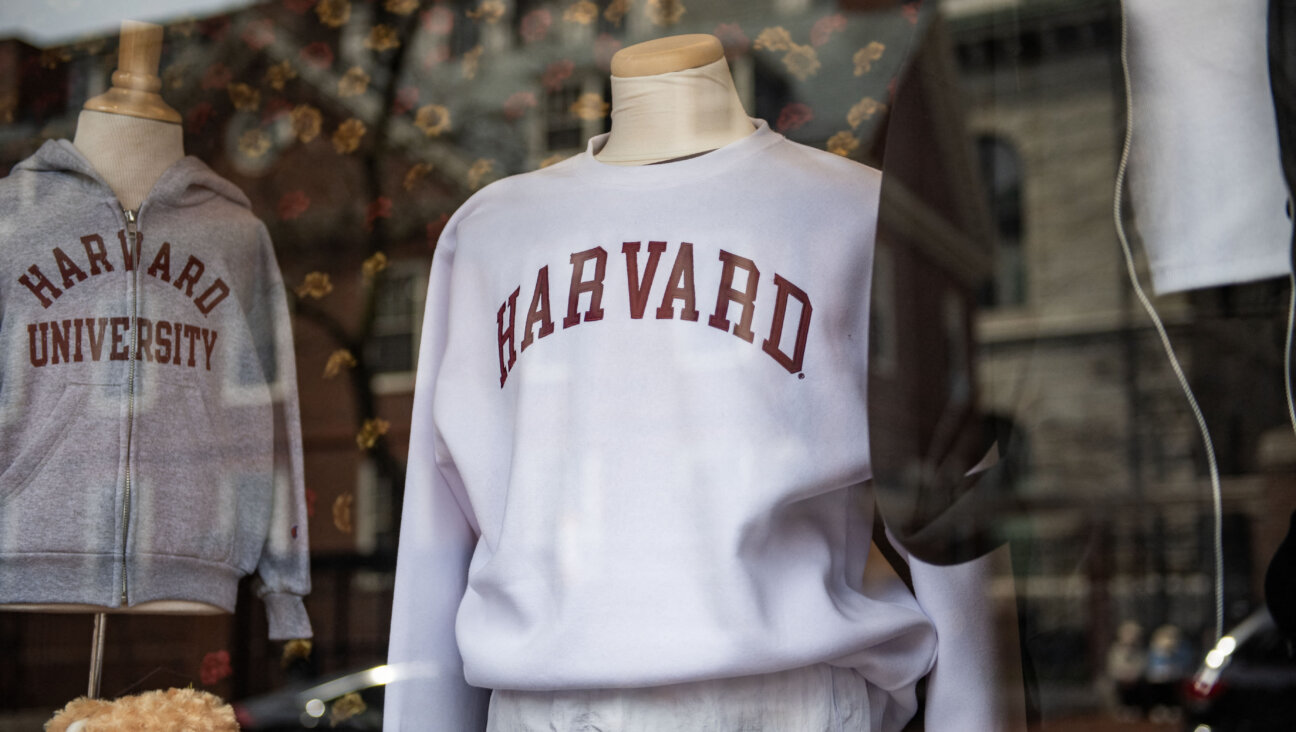
Opinion What Jewish university presidents say: Trump is exploiting campus antisemitism, not fighting it
In Case You Missed It
-
Fast Forward Jewish students, alumni decry ‘weaponization of antisemitism’ across country
-
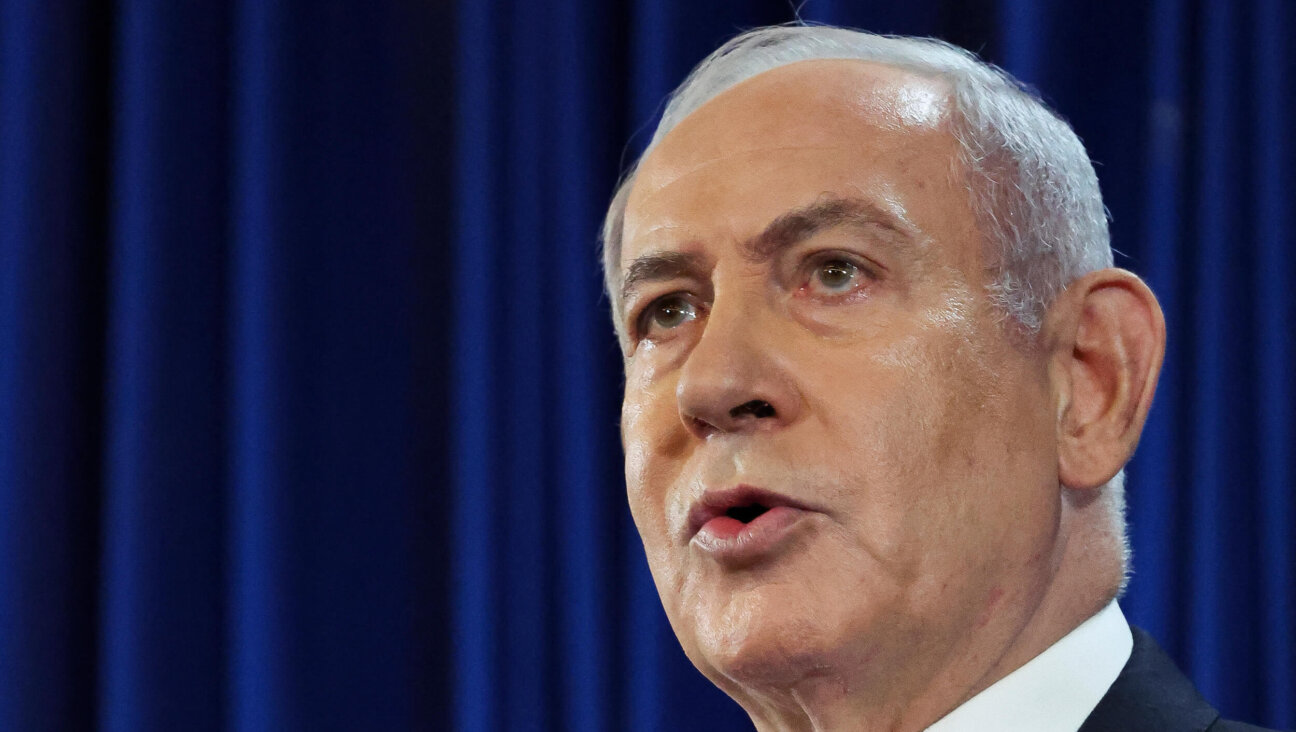
Opinion I first met Netanyahu in 1988. Here’s how he became the most destructive leader in Israel’s history
-
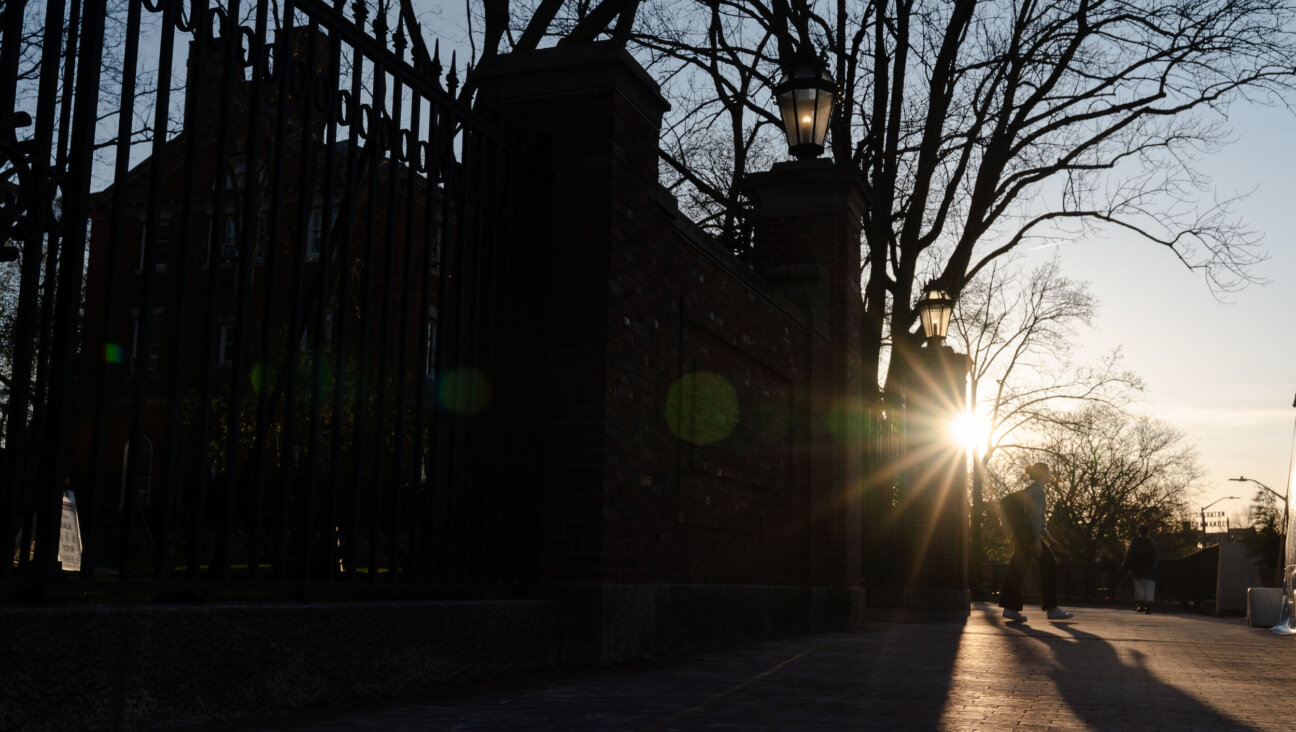
Opinion Why can Harvard stand up to Trump? Because it didn’t give in to pro-Palestinian student protests
-

Culture How an Israeli dance company shaped a Catholic school boy’s life
-
Shop the Forward Store
100% of profits support our journalism
Republish This Story
Please read before republishing
We’re happy to make this story available to republish for free, unless it originated with JTA, Haaretz or another publication (as indicated on the article) and as long as you follow our guidelines.
You must comply with the following:
- Credit the Forward
- Retain our pixel
- Preserve our canonical link in Google search
- Add a noindex tag in Google search
See our full guidelines for more information, and this guide for detail about canonical URLs.
To republish, copy the HTML by clicking on the yellow button to the right; it includes our tracking pixel, all paragraph styles and hyperlinks, the author byline and credit to the Forward. It does not include images; to avoid copyright violations, you must add them manually, following our guidelines. Please email us at [email protected], subject line “republish,” with any questions or to let us know what stories you’re picking up.






